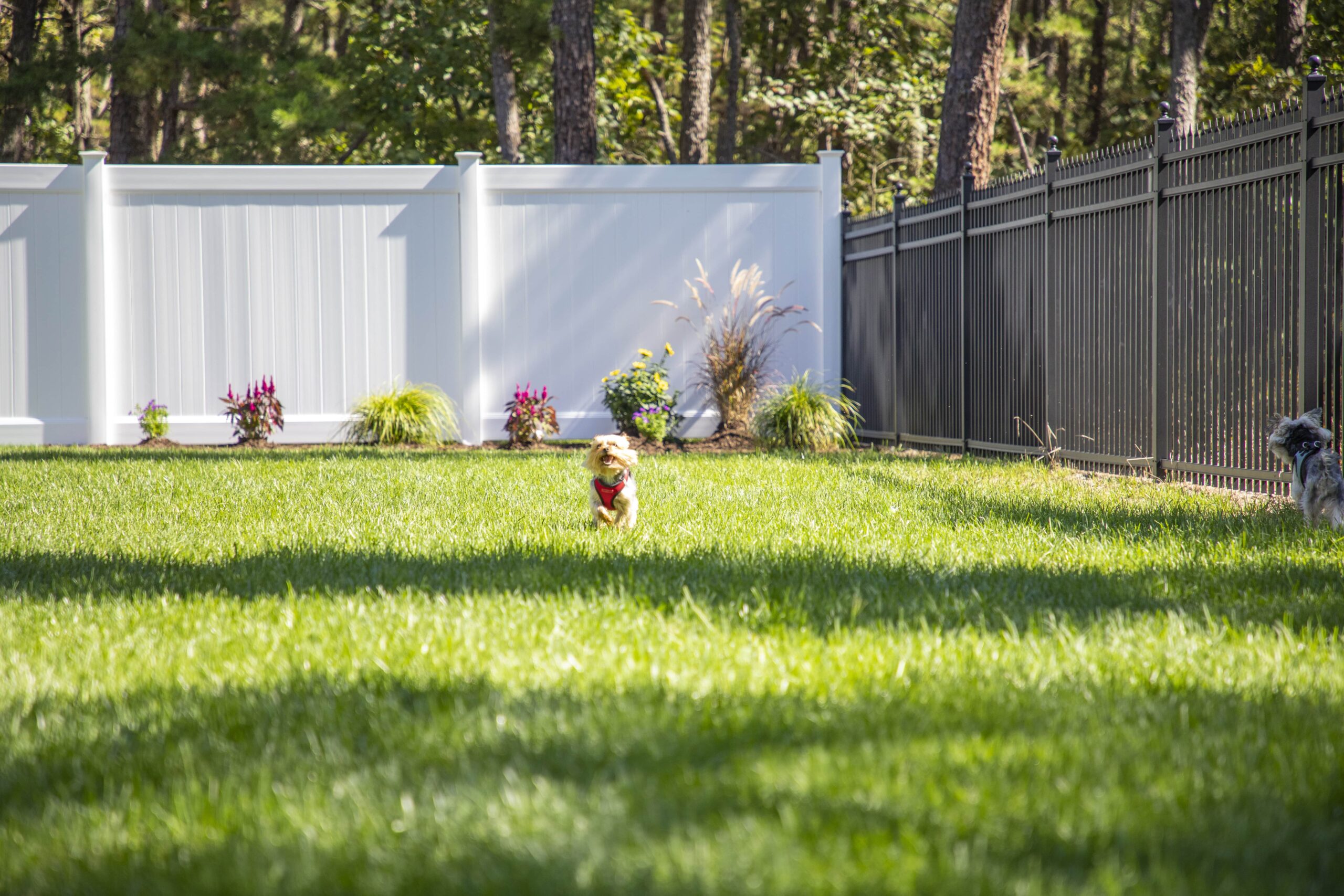All Categories
Featured

When considering installing a fence on your building, one of the most essential steps is to understand whether you require an authorization. The specific authorizations required can differ depending on your location, the type of fence you plan to set up, and the elevation or placement of the fencing.
Why You Need a License for a Fence Installment. The license procedure aids local authorities validate that your fencing does not interfere with traffic visibility, regard your property lines, or breach elevation limitations. Mounting a fencing without an authorization can result in fines, elimination of the fence, or delays in building, so it's crucial to inspect whether a license is called for before starting your job.
Kinds of Licenses You Might Need. There are a couple of typical types of licenses you could need for a fencing setup:
Building Permit. A building permit is one of the most usual license needed for fencing setups. This permit makes sure that the fencing fulfills security criteria and is created according to neighborhood building regulations. A building license is typically needed if the fence exceeds a particular elevation (frequently 6 feet), is constructed from particular materials, or lies near a public pathway or road.
Zoning Permit. A zoning license might be required to validate that your fence abides with local zoning legislations. Zoning policies can determine where a fence can be placed on your building, just how high it can be, and whether it is enabled in certain locations (such as along building lines or ahead backyards) As an example, some communities have regulations restricting the elevation of fence the front yard to ensure presence for pedestrians and vehicle drivers.

Problem License. You may need a setback license if you are constructing a fence near your building line or close to a street. A trouble refers to the range a framework, consisting of fencings, need to be from the home line. Trouble laws vary by place, and making certain that your fence is placed properly can protect against conflicts with neighbors and avoid offenses.
Property Owner Association (HOA) Approval. You might require approval from them in addition to regional licenses if you live in a community governed by a Home owner's Association (HOA) HOA policies usually cover the sort of products, elevation, design, and color of fences. Even if your local government doesn't require a permit, your HOA might still have particular guidelines that need to be adhered to.
Just How to Look For a Fencing Permit. To look for a fencing permit, you'll need to contact your local structure division or preparation office. The application process normally includes loading out a type, paying a fee, and submitting a site plan of your residential or commercial property that shows the proposed location of the fence. You might likewise need to include details concerning the materials, elevation, and design of the fencing.
Sometimes, a regional authorities might require to check your property before accepting the authorization. When the permit is provided, you will certainly be licensed to wage your fence setup.
When Is an Authorization Not Required? In specific circumstances, a license might not be needed. These scenarios can include:
Low Elevation Fences: In many areas, fencings that are below a specific elevation (usually 3 to 4 feet) may not need a permit, particularly if they are placed in the backyard or other non-visible locations.
Fence Replacement: If you're replacing an existing fence with the exact same elevation and material, some areas may not need a brand-new authorization.
Non-Obtrusive Fencings: Short-term or attractive fencings, such as those utilized for horticulture or landscaping purposes, may not need authorizations as long as they are not permanent and low.
However, it is necessary to get in touch with your local zoning office or building division, as regulations can vary by territory.
Effects of Not Obtaining a Permit. Stopping working to obtain the essential permits can cause considerable repercussions. These consist of fines, required removal of the fencing, or also delays in building and construction. Additionally, if your fencing doesn't meet regional laws, you might encounter lawful concerns with next-door neighbors or neighborhood authorities.

Conclusion. By guaranteeing that you follow neighborhood regulations and obtain the needed licenses, you can ensure and avoid costly blunders that your fencing is legally certified. Examine with your local structure department, HOA, and zoning workplace to determine what authorizations are needed for your particular fence project.
Latest Posts
Change Your Home with Long Lasting Hardwood Floor Covering from Carpet Interiors Floor & Home
Published Apr 21, 25
1 min read
Eco-friendly Restroom Upgrades Made Easy
Published Apr 21, 25
1 min read
Improved Top Quality, Driven by Solution
Published Apr 21, 25
1 min read